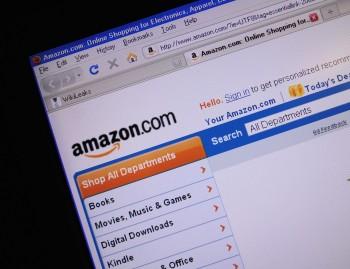IPv4, or Internet Protocol version 4, is the world’s current internet platform which supports an operational limit of roughly 4.2 billion unique IP addresses. It has four-variable identifiers used like street or building addresses to distinguish your computer from the billions of other computers and servers accessing the internet.
According to the Number Resource Organization, the service founded by the Regional Internet Registries to record and monitor the distribution of internet number resources, that limit has been more than 90% reached with a likelihood of capping before the end of this year.
What is being done about it? On June 7 at 8PM ET, about 400 major companies began the temporary 24-hour test switch of their websites, servers, and networks to IPv6, the newest Internet Protocol version which will support hundreds of trillions of addresses – quite a bit more than IPv4.
Scott lekel-Johnson, a product manager at Arbor Networks, a cybersecurity company based in Chelmsford, Massachusetts told Computer World, “We take this to be an encouraging sign that IPv6 adoption is growing and more users are finding IPv6 access, and in particular more users are able to access the Internet via native IPv6 as opposed to being forced to use one of the tunneling protocols to get through IPv4-only portions of the Internet.”
The primary concern over a more permanent switch is the basic compatibility of user hardware and software with IPv6 technology. Internet Administrators fear that because most computers are not configured to receive IPv6 information, a large percentage of users would be unable to view or use the websites and services provided on this platform.
The purpose of the test, dubbed World IPv6 Day, was to evaluate how accessible IPv6 was to the general populace, determine any previously unseen problems or holes, and to motivate other internet organizations and providers to make the switch. So far, the number of people who have had trouble with the system has been incredibly low.
As the transition from IPv4 to IPv6 grows in scale and becomes more and more widespread, computer technology manufacturers and internet service providers will also begin to make that switch, allowing the vast population of basic users to switch and continue to use their favorite services and websites.
According to the Number Resource Organization, the service founded by the Regional Internet Registries to record and monitor the distribution of internet number resources, that limit has been more than 90% reached with a likelihood of capping before the end of this year.
What is being done about it? On June 7 at 8PM ET, about 400 major companies began the temporary 24-hour test switch of their websites, servers, and networks to IPv6, the newest Internet Protocol version which will support hundreds of trillions of addresses – quite a bit more than IPv4.
Scott lekel-Johnson, a product manager at Arbor Networks, a cybersecurity company based in Chelmsford, Massachusetts told Computer World, “We take this to be an encouraging sign that IPv6 adoption is growing and more users are finding IPv6 access, and in particular more users are able to access the Internet via native IPv6 as opposed to being forced to use one of the tunneling protocols to get through IPv4-only portions of the Internet.”
The primary concern over a more permanent switch is the basic compatibility of user hardware and software with IPv6 technology. Internet Administrators fear that because most computers are not configured to receive IPv6 information, a large percentage of users would be unable to view or use the websites and services provided on this platform.
The purpose of the test, dubbed World IPv6 Day, was to evaluate how accessible IPv6 was to the general populace, determine any previously unseen problems or holes, and to motivate other internet organizations and providers to make the switch. So far, the number of people who have had trouble with the system has been incredibly low.
As the transition from IPv4 to IPv6 grows in scale and becomes more and more widespread, computer technology manufacturers and internet service providers will also begin to make that switch, allowing the vast population of basic users to switch and continue to use their favorite services and websites.

